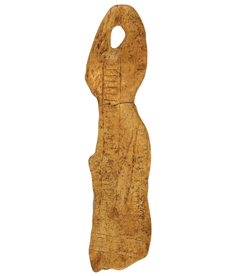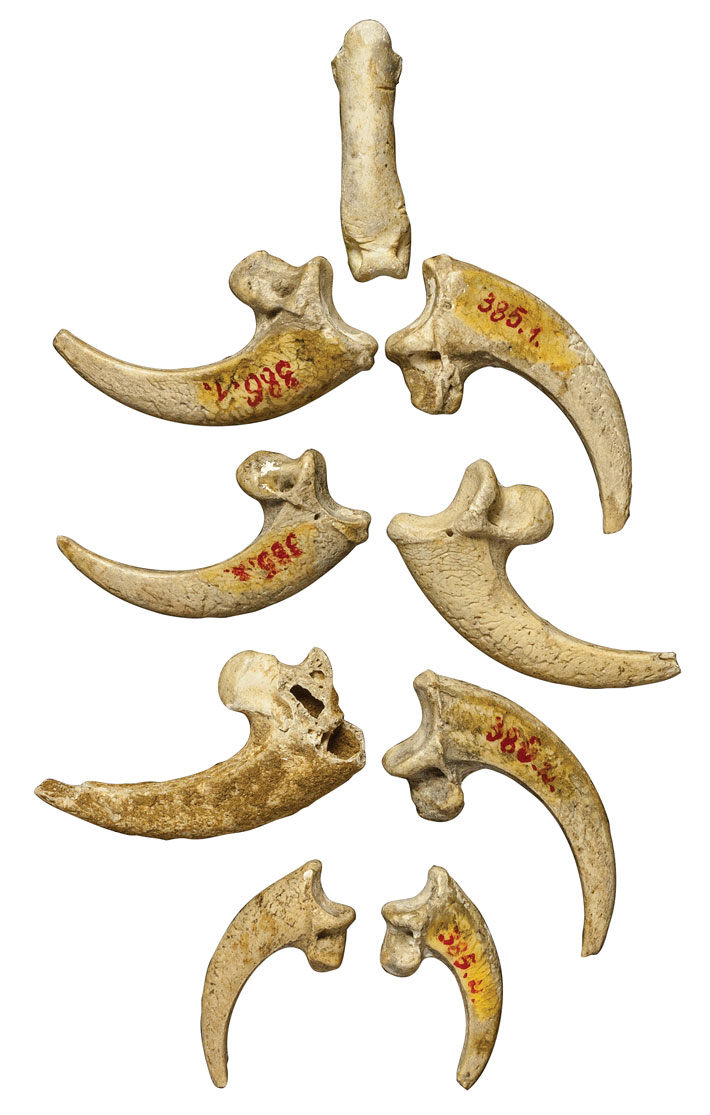
ZAGREB, CROATIA—According to a Live Science report, bioarchaeologist Mario Novak of the Institute for Anthropological Research in Zagreb suggests that artificially shaped heads may have been used by cultural groups in the years after the fall of the Roman Empire as a visual indicator of cultural association. He and his colleagues analyzed the remains of three malnourished boys found in a burial pit in eastern Croatia’s Hermanov vinograd archaeological site. The boys, who were between the ages of 12 and 16 when they died, lived between A.D. 415 and 560—an era known as the Migration Period. DNA analysis of the remains suggests one boy, whose skull had been heightened and his forehead flattened, had ancestors from the Near East. The second boy carried East Asian ancestry. His skull had been elongated diagonally. The skull of the third boy, who is thought to have come from West Eurasia, had not been modified. Novak explained, however, that it is not known if artificial cranial deformation was a widespread practice in Europe at the time. To read about changes in skull modification by the Collagua of Peru, go to "A Mark of Distinction."










